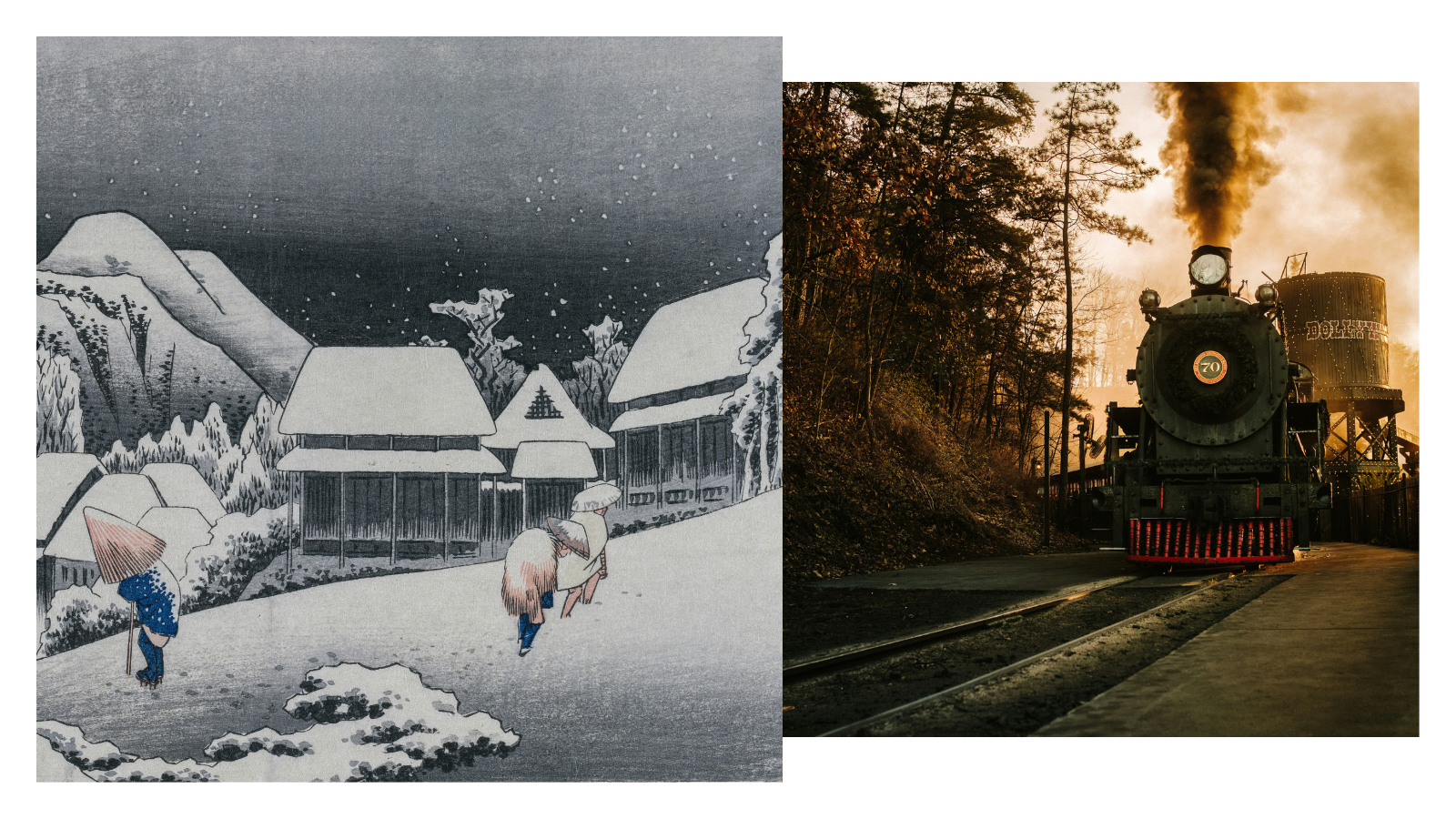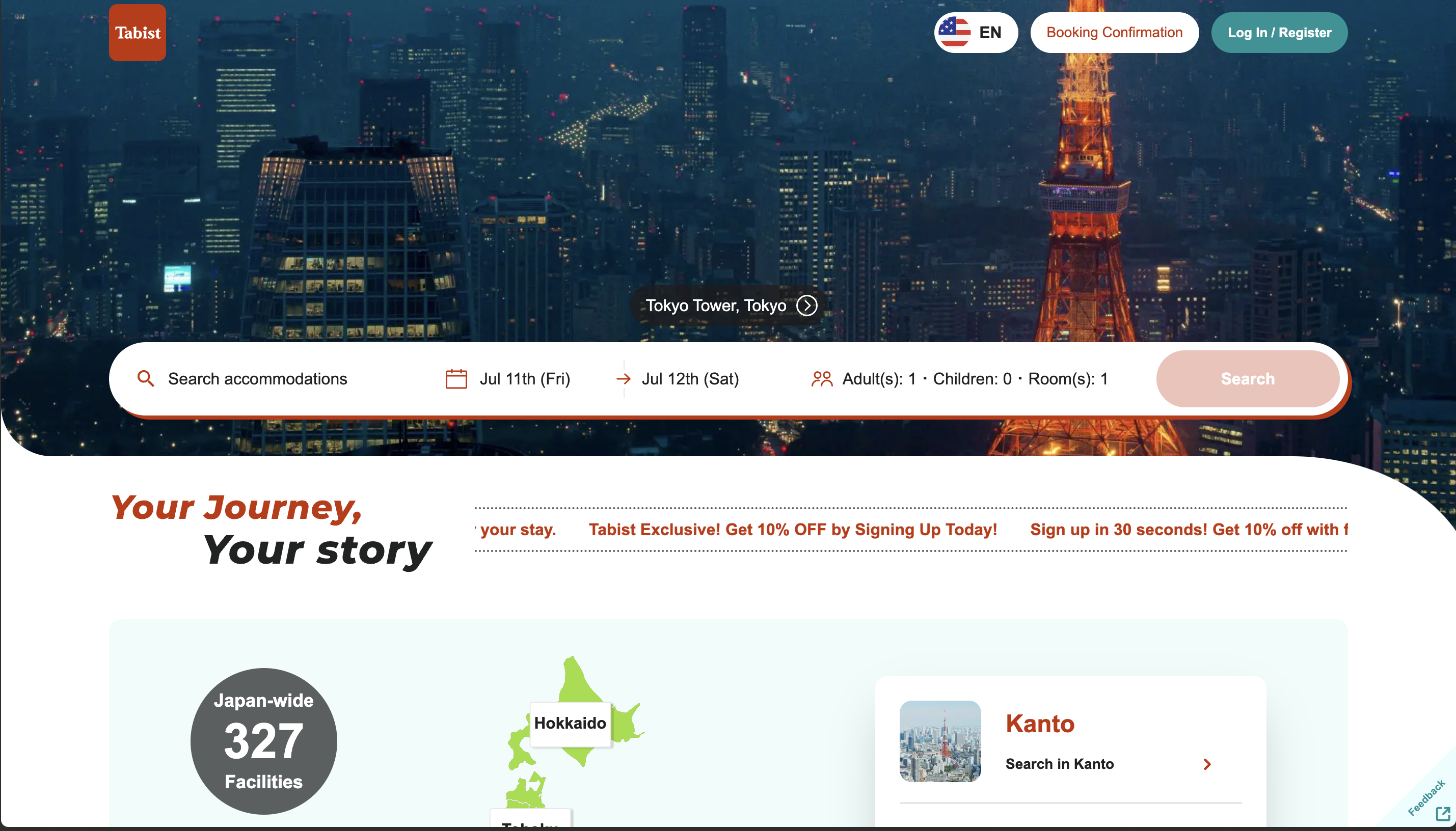Stay updated with the latest news, exclusive insights, and more.
.png)
Travel in Japan reflects the values, technology, and lifestyle of each era. From the strictly regulated travels of the Edo period to the seamless, digital experiences of today, Japan’s travel culture has constantly adapted while holding onto its deep-rooted spirit of hospitality. Now, in the age of digital innovation, startups are building the future of travel on top of centuries of tradition.
In 1750, if you wanted to travel from Edo (modern Tokyo) to Kyoto, you’d need official travel documents, have to pass through controlled checkpoints called “sekisho” (関所), and spend weeks walking along the roads. During the Edo period, the Tokugawa government controlled travel very strictly. The famous "sankin-kotai" system required feudal lords to travel regularly between their home and the capital, creating massive flows of people and goods along Japan's main highways. The most famous road was the Tokaido, connecting Edo and Kyoto through 53 post stations, made famous by Hiroshige’s woodblock prints.
But even with these strict controls, travel culture was popular. People traveled for fun and learning. Tourism became a commercial industry in the 1700s, with poets, writers, painters, performers, and scholars traveling for inspiration. Pilgrimage to temples and shrines also became popular, giving regular people meaningful reasons to travel.
The infrastructure was impressive too. Along major routes, “honjin” (official inns) served traveling officials, while regular travelers stayed at “hatago” (commercial inns). These places offered local food, entertainment, and local connections. This hospitality culture later became known as “omotenashi” (Japanese hospitality).
In 1872, everything changed. The first railway line opened between Tokyo and Yokohama, reducing a full day’s walk to just 30 minutes. During the Meiji era, Japan transformed from the isolated island country into a modern empire inspired by Western models.
By the 1890s, Japan started thinking about tourism from other countries. The “Kihinkai” was the first Japanese organization promoting inbound tourism, especially targeting Western visitors. They published guidebooks and maps in English.
In the early 1900s, tourism started to look more like what we know today. People began traveling for leisure, not just for business trips. Hot spring resorts (onsen) became popular places to relax.
Department stores like Mitsukoshi started organizing group tours. The government-backed Japan Travel Bureau (JTB), founded in 1912, promoted both domestic and international travel. This era established many travel services, package tours, travel agencies, hospitality focused on customer experience, and the integration of transport, accommodation, and activities.
World War II stopped this growth, but the foundation was already built. Japan had learned to balance tradition with technological innovation, creating a travel culture that focused on both good experiences and efficiency.

In 2024, Japan had 36.9 million international tourists. In the first half of 2025 alone this number was already at 21.5 million. According to a global travel market report by Phocuswright, Japan ranked as the third-largest travel market in 2023. The Top 100 City Destinations Index 2024 also placed Tokyo as the world’s third most popular city destination.
Japanese startups are reshaping how travel works. The local startup ecosystem has produced some of Asia’s most innovative travel companies, all approaching travel challenges with uniquely Japanese perspectives. Let's explore companies that are defining the future of travel, both in Japan and beyond.
With over 200 facilities ranging from historical ryokans to small and medium-sized hotels, Tabist offers comfortable stays at reasonable prices. What makes Tabist special is how it brings independent inns into the digital age without losing their character. These places can now reach global travelers while preserving their authentic Japanese hospitality.

Launched in April 2019, HafH offers a subscription model for accommodations where members pay monthly fees for access to a curated network of hotels. HafH was designed for changing work and travel lifestyles. Digital nomads can move easily between cities, remote workers can easily extend business trips into “workations”, and frequent travelers can access accommodations without the repeated booking processes. The model also builds communities, creating networks of like-minded travelers who share experiences and local tips.

Relux takes a luxury-focused approach to travel. The platform curates high-end accommodations and experiences, focusing on Japanese ideas of quality and service. In addition, each hotel is presented with careful attention to its history, design philosophy, and unique offerings. The curation process is unique, with each property personally visited and evaluated. This human touch reflects traditional Japanese values of “takumi” (craftsmanship) and “omotenashi” (hospitality).
WAmazing is a travel platform built specifically for overseas visitors to Japan. It offers online centralized reservations for accommodation, sightseeing, transport, dining, and shopping. WAmazing acts like a digital concierge that understands both what travelers want and how Japan works. They help international visitors access experiences that might otherwise require local connections or language skills.

Modern Japanese travel startups succeed because they understand one key thing: that technology should serve human needs. Innovation works best when it builds on culture rather than replacing it. Japan's travel evolution continues, with tech and hospitality driven startups leading the way into the future.